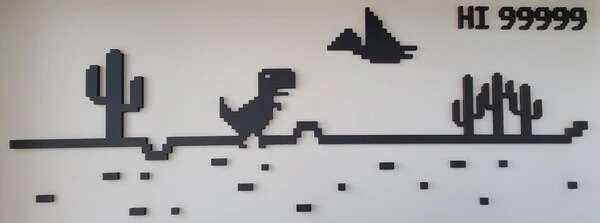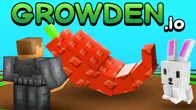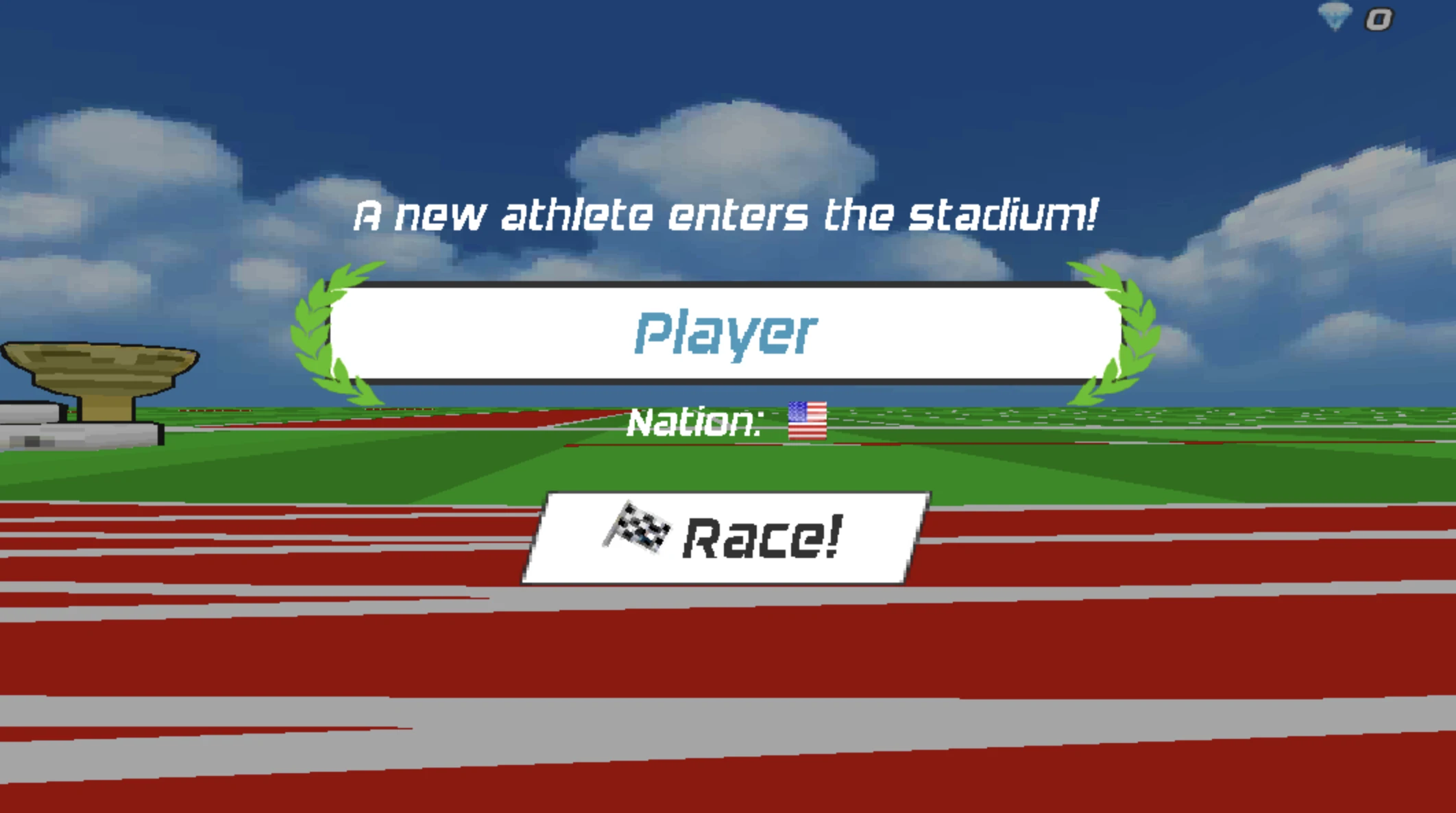
Puzzle

Drift Boss Arena
More games to drift through
Swap tabs in seconds and keep the momentum going with another arcade favorite.

Puzzle

Adventure

Arcade

Sandbox

Simulation

Simulation

Sports

Simulation

Action

Strategy

Racing

Racing

Simulation

Puzzle

Sports
Action
Master pulse-perfect wave flying, surf razor-thin tunnels, and sharpen timing with practice checkpoints. Conquer beat-synced corridors and build confidence for harder levels.
Geometry Dash Wave takes the razor-edge intensity of the series’ wave segments and turns it into a focused training ground. Hold to climb, release to dive, and stitch those micro-adjustments together to carve perfect lines through neon corridors. Because the ship responds instantly, every tiny pulse matters; you’re sculpting altitude with rhythm, not brute force. Geometry Dash Wave rewards deliberate, beat-aware inputs that align with the soundtrack, letting skill compound until your runs feel like music made visible. If you want a lean, no-friction way to harden your timing, Geometry Dash Wave is where you build that confidence.
Unlike broader platform routes, Geometry Dash Wave trims distractions so you can commit to one mechanic and master it. The hazards pop in time with the beat, helping you anticipate spikes, corners, and abrupt angle shifts. That synergy fosters flow: hear a measure, and your finger is already preparing its next feathered tap. Whether you’re warming up for full-length levels or chasing personal bests inside this mode, Geometry Dash Wave gives you the runway to refine touch, consistency, and recovery without breaking pace.
Hold to send the ship upward on a steep vector; release to dive on a mirrored line. The art is mixing short and long pulses so your trajectory brushes safe space without scraping walls. Start with slow tunnels to internalize the control curve, then climb toward advanced tracks where micro-gaps demand millisecond discipline. Geometry Dash Wave includes practice-friendly layouts so you can loop tough fragments, measure click-per-second patterns, and lock in muscle memory. Over time, the ship stops feeling twitchy and starts feeling predictable, and that’s when Geometry Dash Wave becomes truly addictive.
First, feedback is immediate. Miss the angle, and the corridor tells you within a beat. Second, the difficulty ramps in clean tiers, making progress legible: what was once chaos becomes readable geometry. Third, the EDM pulse doubles as a metronome, training your hand to glide in sync. Finally, Geometry Dash Wave offers that perfect retry loop—fail, reset, breathe, and fly again in a second. The design respects your time while challenging your ceiling, making Geometry Dash Wave ideal both for short practice sprints and long mastery sessions.
Early paths emphasize broad arcs so you can explore angle control without panic. Mid-tier corridors add rhythmic hazards that force deliberate pulse lengths. At the top, micro-tunnels compress the margin of error to a sliver, demanding stable CPS and composure under pressure. If a segment stonewalls you, enable checkpoints to isolate the trouble spot. Grind that slice until your line is repeatable, then stitch the whole run back together. Geometry Dash Wave feels fair because improvements are visible and exportable; the habits you earn here carry straight into mainline levels, which is why many veterans treat Geometry Dash Wave as their daily warm-up.
Anchor your eyes one or two beats ahead—don’t chase the ship, guide it. Use micro-taps to sculpt height instead of hard presses. Calibrate your desk posture so your finger lands squarely; a stable wrist reduces jitter. If the soundtrack helps, let it drive your cadence; if not, count in your head to keep pulses even. Above all, prioritize clean recoveries after near-misses. Geometry Dash Wave rewards resilience, and the ability to re-center within a corridor is a hallmark of consistent players who thrive in Geometry Dash Wave’s higher tiers.
If you’re new to wave mechanics, Geometry Dash Wave provides a forgiving on-ramp that isolates the learning curve. If you’re intermediate, it’s a lab for CPS tuning, angle rehearsal, and beat anticipation. If you’re advanced, the dense micro-gaps are a perfect place to polish nerves and sustain flow under stress. Streamers and creators also love Geometry Dash Wave because runs are compact, readable, and hype-friendly: audiences can see progress over a single session, and clutch recoveries look spectacular at this speed. For competitors chasing hard demons, Geometry Dash Wave serves as your precision gym.
Stable frame pacing is your ally. Close extra tabs, disable heavy overlays, and keep your display at a refresh rate you trust. Many players stick to mouse for granular control; others prefer keyboard for rhythmic tapping. Try both to find your groove. Geometry Dash Wave doesn’t gatekeep: load the page, pick a lane, and start iterating. Because the restart loop is instant, experimentation costs nothing. Over a week of short sessions, you’ll feel a real shift: your hand grows quieter, your taps more even, and your lines through Geometry Dash Wave tighten into smooth, luminous threads.
Think in streaks, not clears. Track how many clean corners you chain rather than obsessing over single deaths. Celebrate incremental wins: a calmer wrist, a steadier metronome, a tighter re-entry after a wobble. Geometry Dash Wave is a long game of refining micro-decisions, and that pays off everywhere else in the series.
Need more drift intel? Read the Drift Boss Help Center or contact our crew through the support page.